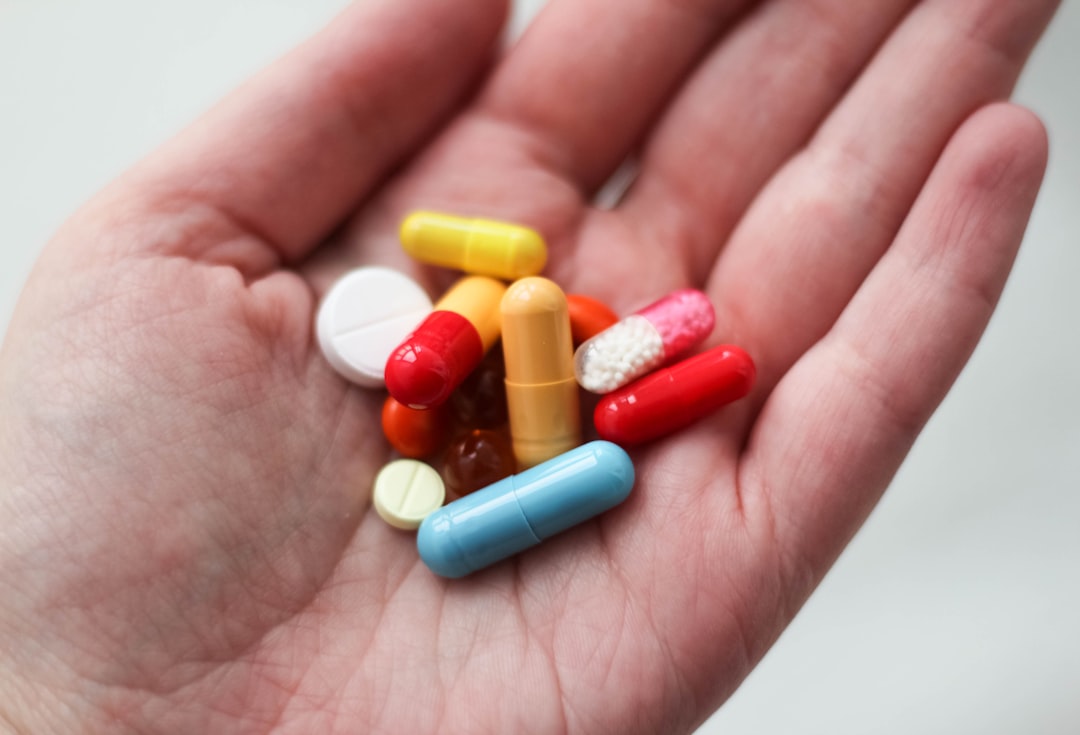What is it about?
The following case report demonstrates a unique approach to lower extremity salvage in a subacute compound fracture surgical site infection using a limited reconstructive ladder. Use of placental allografts for limb salvage, such as dHACM and dHCM, have increased the resources available to progress one more rung on the surgical reconstructive ladder, before subjecting a patient with expose bones and tendons to amputation.
Featured Image

Photo by Dewet Willemse on Unsplash
Why is it important?
Application of dehydrated human amnion chorion membrane and dehydrated human umbilical cord as a barrier to hard-to-heal lower extremity ulcers has been shown to significantly improve the trajectory towards wound closure. There are also numerous clinical examples where the use of dHACM has positively impacted the reconstructive ladder in scenarios where the surgical options for wound closure and limb salvage were limited.
Perspectives
Complication management of an open fracture repair remains a challenge despite the well-established methods of the reconstructive ladder. When wound bed preparation by secondary intention becomes the only viable option to reach the next reconstructive rung (skin grafting), it becomes essential that the treating clinician applies the principles of TIMERS with current wound care practices and technologies. TIMERS has been recognised with the publication of an international consensus document, where TIME has been expanded to TIMERS, as follows: ● T for tissue: nonviable or deficient ● I for infection/inflammation ● M for moisture imbalance ● E for edge of wound, non-advancing or undermined ● R for regeneration/repair of tissue ● S for social factors that affect the trajectory of wound healing.
William H Tettelbach, MD, FACP, FIDSA, FUHM , MAPWCA, CWSP
Duke University
Read the Original
This page is a summary of: Unique closure of Gustilo IIIA fracture with a hard-to-heal lower extremity wound, Journal of Wound Care, February 2021, Mark Allen Group,
DOI: 10.12968/jowc.2021.30.sup2.s24.
You can read the full text:
Resources
Contributors
The following have contributed to this page










